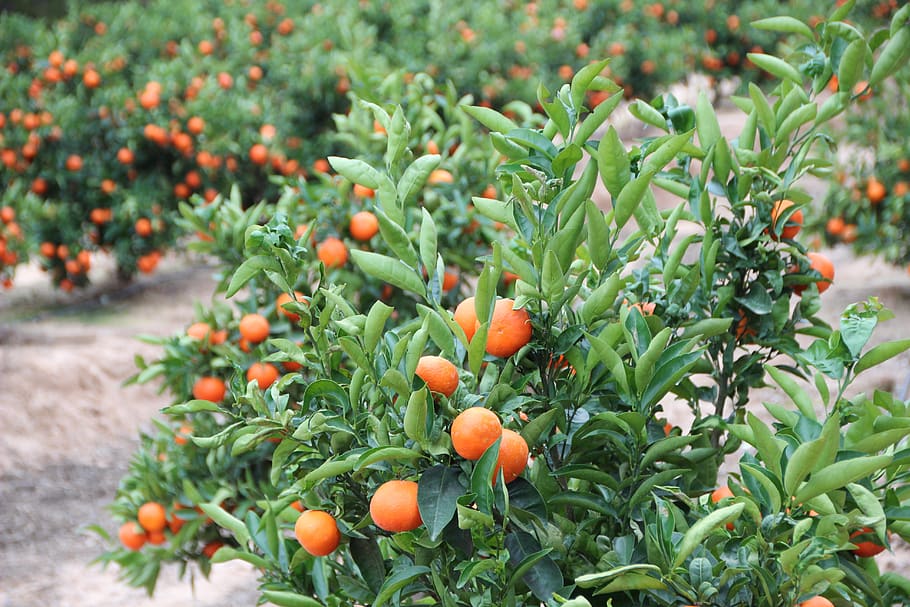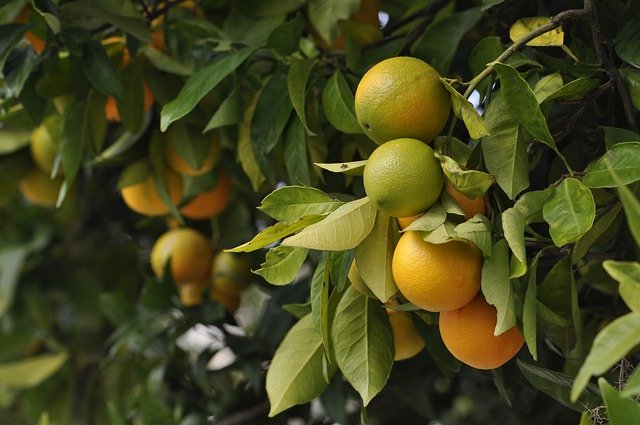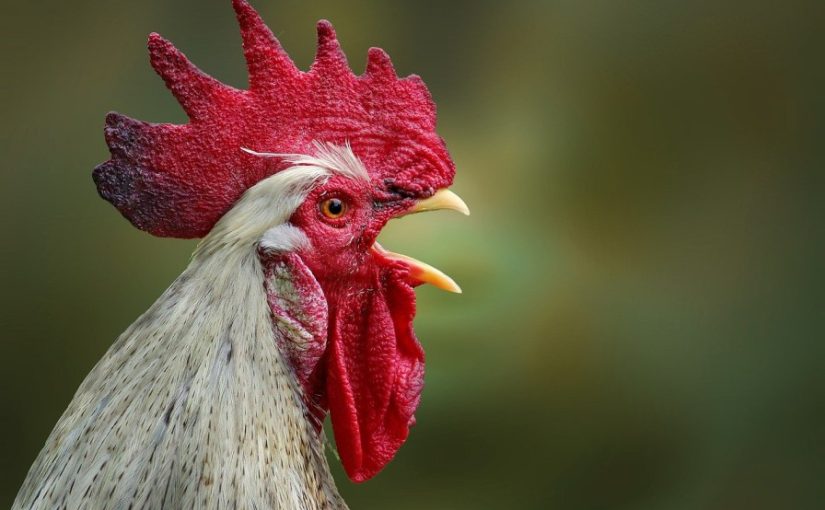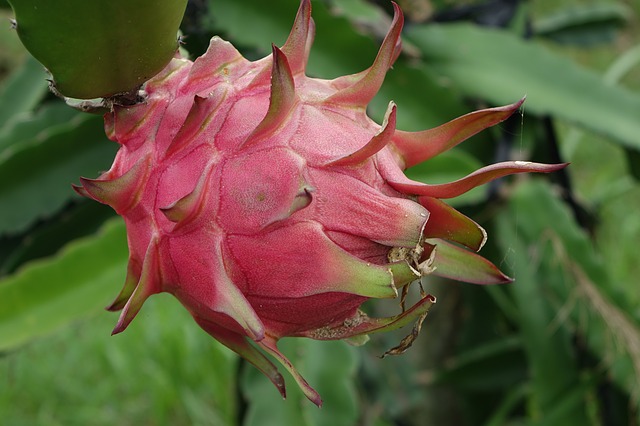Do you have your breakfast without orange juice? Isn’t it like a day without sunshine?
Orange is not just a favorite fruit of many individuals but it provides many essential nutrients. A pulpy orange has a great source of fiber that keeps a check on the human digestive system.
The high content of vitamin C helps in lowering the blood pressure, consequently improves the heart’s health. Moreover, it is full of antioxidants that eventually boost your immune system.
There is also some mystery on how citrus fruit is bloomed by juicy skin. Simply, how to do orange farming?
Also Read: Papaya Farming Ultimate Guide
Growing Orange with Perfection
The tropical region as well as in sub-tropical regions are perfect for the orange cultivation.
However, the dry environment is ideal for productive orange growing for the higher orange yield.
A temperature of the surface in a range of 25 degrees Celsius is ideal for both the plants as well as roots. Nevertheless, oranges are known to grow at their best and in a dry climate. The warm summer and reasonable rains between 100 and 200 cm suits more to orange plants. These conditions prove to the better climatic conditions for the excellent growth of orange plants.
Keeping into the mind that orange plants are particularly responsive to high humidity and frosts, orange farming can be prone to a significant number of diseases and dangerous insects and pests.
Besides, it is also a smart strategy to maintain the farm’s temperature to a desirable limit throughout the growth cycle to achieve a high yield of oranges. Because the summer hot winds cause orange flowers and budding fruits to collapse.
Deciding the Right Soil
The soil preparation before planting directly enhances the overall yield. It significantly boosts the health of your plant as well as keeps many diseases away, especially those that are sourced from the hidden pests in the soil.
Moreover, this is recommended to check your land for important minerals and nutrients to determine these important additives.
A large variety of soils such as clay and silt soils of loam or sandy soil, oranges can be planted. But the soil with strong drainage capacity, limestone-free with strong salt absorption ability is ideal for the orange farming.
Generally, the soil ph is roughly 6.0 to 7.0. And oranges are indeed a citrus crop, the growth of these plants on soil with a pH of about 5 is a better idea for higher yields.
Yet, it is a smart practice, at least once before planting, to go for the soil check and see if the soil is adequate or not?
In the winter and monsoon seasons, the growing farm should not be too cold as it makes your farm a variety of plagues and diseases.
In this case, providing the windshields by planting the trees across the farm not only prevents the fruits and flowers in case of a storm or heavy winds but can give additional revenue once they get mature.
Growing an orange plant
You can reproduce an orange tree just by seed or the shield budding often known as T-budding. In case, there is already a plant that has attained the age of its maturity. Vegetative propagation is a better choice.

In case, you choose to grow an orange plant from a seed. You have a few things to learn in orange farming.
Planting By Seeds
In case, you are trying sowing the seeds to the soil directly. You can add a good mix of additives to the proper fermentation. Moreover, you can add manure to the soil before sowing the seeds. Let’s have a look at how to grow a plant using seeds,
- Sprinkle your orange seed into the soil and mix them properly so they can mix around 1.5 inches into the soil.
- You should take care of these seeds so that they can enough sunlight as well as properly make the soil enough moist whenever it becomes dry.
It is worthy of notice that seed-based trees are mostly short-lived because they are vulnerable to root and foot decay.
However, oranges plants are more productive and fast-growing if planting is done through the budding.
Besides, the oranges should be planted early in the rainy season in the case of orange farming in Florida. A comparatively small rainy season leads to less chance of plant mortality. And, a plant can be better sustained by rainwater.
Planting By Budding
In the case of planting the budding, you need a young orange tree which can be obtained from the local nursery or can be grown of its own with seeds.
Furthermore, this process requires a branch with multiple stems. And, in this process, you need to keep in mind while selecting the branches or stems. They tend to bend at the time of snapping.
It is worthy to note that trees grown after T-budding in orange farming are more productive than others that are seed-based.
T-budding is required certain steps to follow. Let’s have a look:
- Split the bottom of the bud stem at the 45-degree angle
- Create a hole at in the trunk of a young orange tree
- Slide in the slit in the trunk alongside the cut
- Wrap both parts and tie them together with a tiny amount of tape
- Wait for some time as the graft starts to expand, once grown, remove the grafting tape to prevent the development
The slatted bud stem is known as the scion. The fruit is spruced and grows quickly on grafted trees than on seeds based orange plants.
Once, a tree grows enough from the initial stage. It requires special care to be the best to yield for the full capacity while orange farming in California.
Generally, a plant needs some important aspects of growth that are fertilizing, watering and pruning.
1. Water
The water needed for orange trees is based on the local environment, however, it is required to low irrigation in fall, while frequently water in spring. The watering of a plant also varies according to the rainfall in a year.
It is worthy to note that excess watering reduces the pulp quality of the fruit. The planting depth often influences the amount of water that you provide in orange trees.
2. Fertilization
Fertilization in orange farming directly influences the quality of mature fruits as well as the breeding of orange plants. In case you provide some extra nitrogen in fertilizers to the growing plants. It contributes the oil to the peel. While fertilizer excess in potassium reduces peel grease.
Usually, one or two pounds of nitrogen should be added to the growing tree for the high production of good oranges.
And, indeed potassium, phosphorus, and several micro-nutrients will also be part of the fertilizer.
If you are not getting enough yield from an orange-tree. It is recommended to have a soil check to see the actual amount of nutrient ratio at present.
Besides, it is not appropriate to cut the orange tree just for shape.
Any shorter trees will be eliminated from the ground. Often, it is good to trim the weak or rotted leaves from the orange tree.
Must Read: Custard Apple Farming Was Never So Fruitful
Diseases in organic farming
1. Citrus Canker
This is a highly deadly bacterial infection for citrus trees that can be identified by the scabs on the fruit, leaves, and branches of the orange trees.
2. Root rot
The soil-inhabiting fungus from the Phytophthora species causes the wilting of leaves as well as a thin canopy of the fungus. Look at the roots for signs of rot and disease.
3. Citrus greening
In case leaves of the orange plant are getting yellowish. A nutrient shortage might be behind such occurrence in orange farming.
Though, they can also be induced by the harmful disease of the citrus plant. Such infection can cause the leaves of the plant to wither. While fruits would be a bit sour as well as tiny and rough.
4. Sooty mold
This disease can lead to a branch to die. To identify this infection, you can bark peels away, for a dark sooty fungus disclosure.
5. Greasy Spot
If the leaves of orange plants have the mark of yellowish-brownish sore spots, especially under the leaf. This is a sign of another fungus disease known as a greasy spot.
As the disease evolves, the spots enlarge into oily-looking spots. These greasy spots cam hamper the growth of leaves even can make them shrink or wilt. In a plan to prevent the greasy spots, collect the fallen leaves that might counter the further spreading to healthy leaves.
However, it is good to spray the tree with liquid copper fungicide in June or July.
And, you can apply as the second spray of the same fungicide in august or September to preserve the summer growth of your orange farming.
Apart from this, many insects such as citrus whitefly, caterpillars and aphids may damage your orange flowers, leaves, and fruits significantly.
It is best to ensure that you are informed of diseases in your area. While offering the orange trees the best conditions so that a strong and healthy tree has a better immune system to the diseases.




